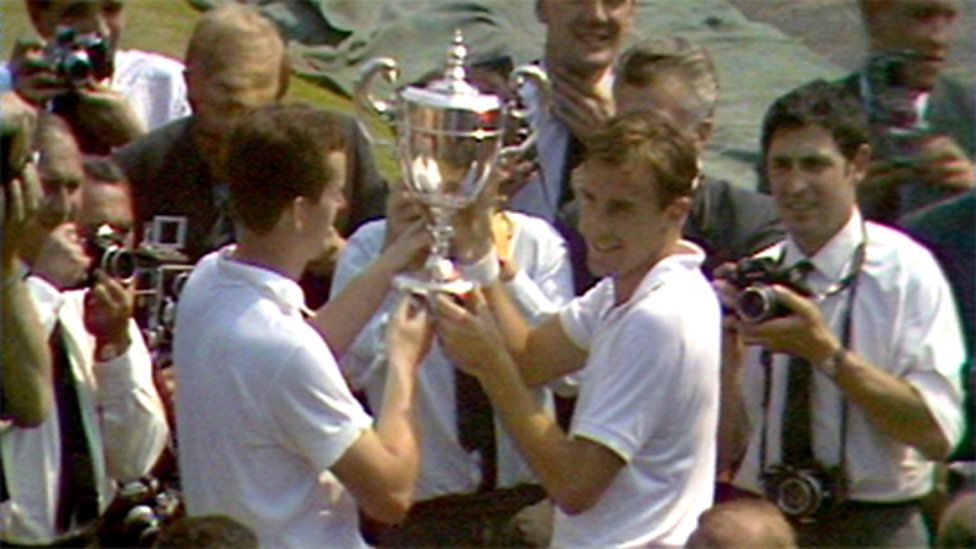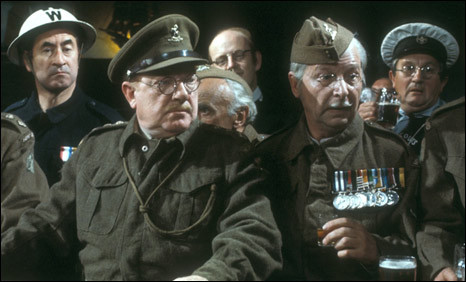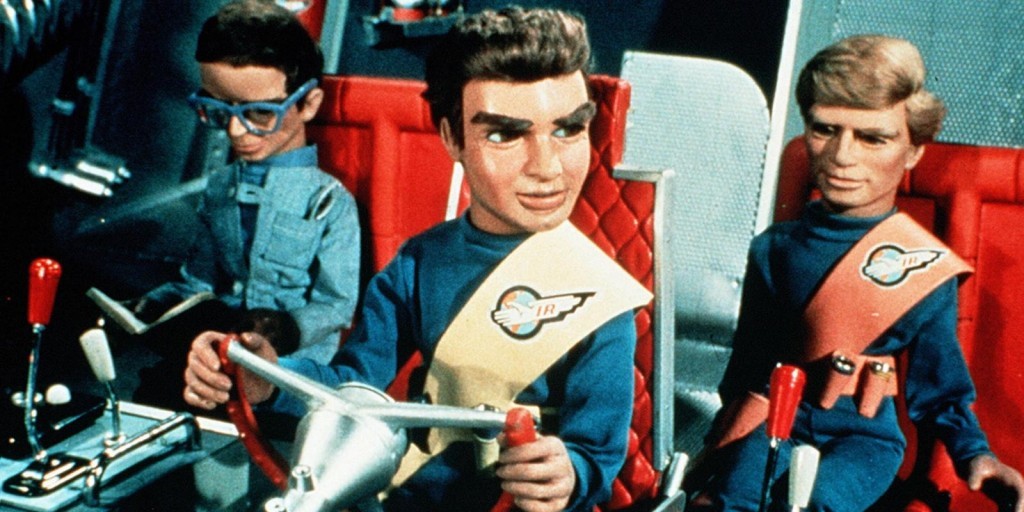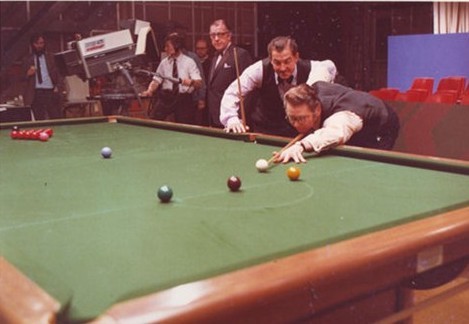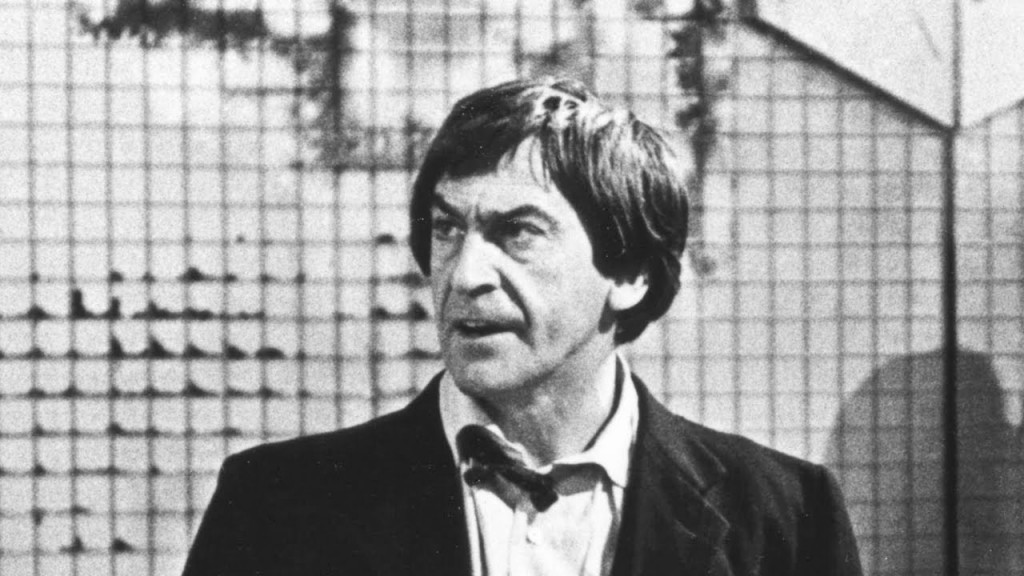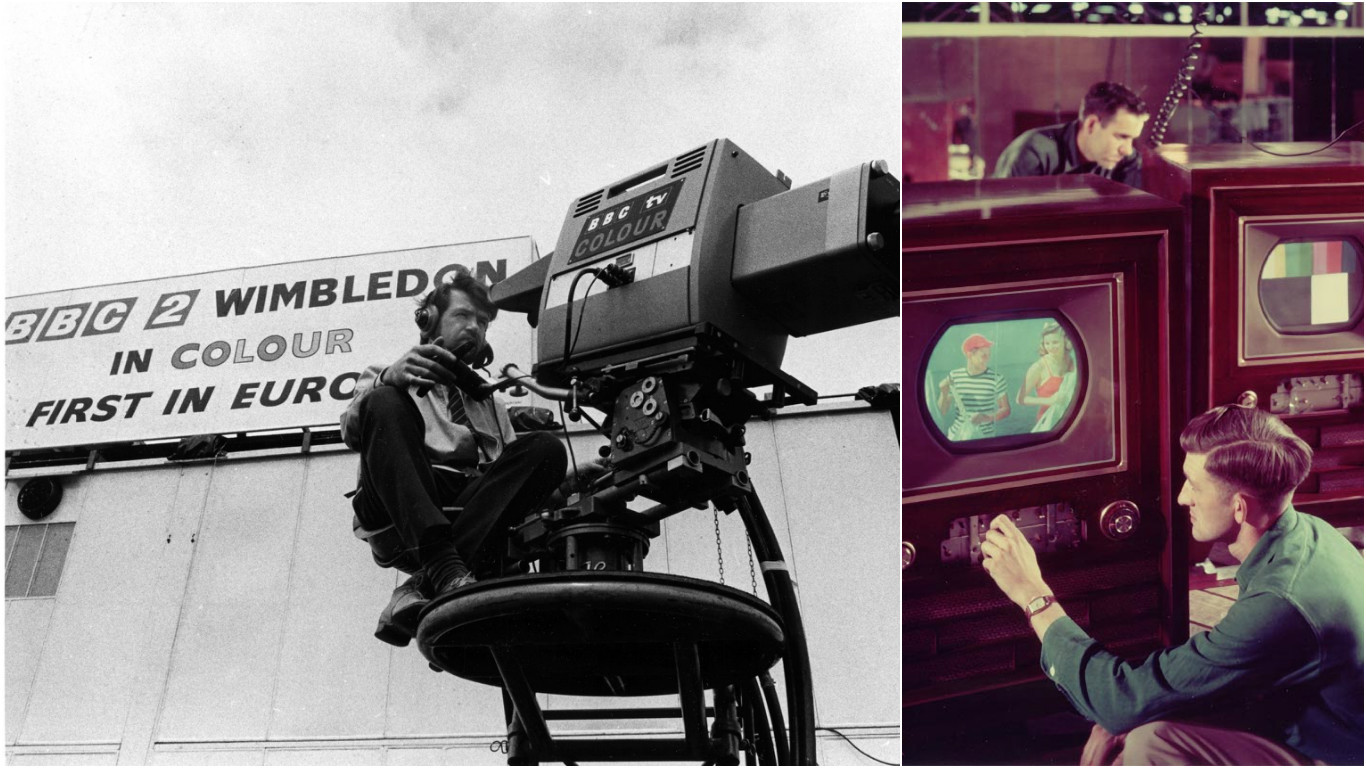
No matter the changes in coverage and programmes, it was always a monochrome view.
Then came the announcement in March 1966 in the House of Commons by Tony Benn, who was the Postmaster General.
It would make the UK the first European country to offer regular colour programming.
In today’s multi-billion pound media world the initial outlay of around £1 million a year seems incredibly cheap. It was for just four hours per week of colour at first, although that would double within a year.
On top of the initially sparse homegrown programming would come imports.
Suddenly fans of American series The Virginian would be able to see James Drury in the title role and Doug McClure as cowboy buddy Trampas in all their Wild West glory.
But despite confirmation that a revolution was on the way, it took until the opening rally of the Wimbledon championships the following year before the big switch-on.
The programmes would all be on BBC2 and the boss of the station then is still more than a familiar face today, Sir David Attenborough.
And the broadcasting icon revealed recently that it was a race against time.
“The BBC was the first broadcasting organisation in the world,” said Sir David.
“So, when I heard that the Germans were going to introduce colour television, I said: ‘hang on, we can’t have that’.
“We got on the air three weeks before them. It was fairly childish, but it made me laugh.”
The delay came about because of wrangling across Europe about which system to use so programmes could be widely shared.
Instead of the old 405-line VHF system, a much more advanced 625-line UHF system got the go-ahead in the UK.
But it came at a hefty price for those who fancied a colourful life. The average wage in the UK when the service launched was £21 7s, so the cost of a typical set of some £250 was way beyond most people’s budgets.
That meant renting was the only solution for the majority, although the £8 weekly cost for a larger screen-size set was still eye-wateringly dear.
Still, firms like Rediffusion boomed as families decided they just had to have the new fad.
But almost two years into broadcasts there were still only 100,000 sets across the UK.
Colour was an unstoppable force, however. And when BBC1 and ITV finally got in on the act, the boom really took off with more than a million sets by the start of the 1970s.
However, it wasn’t until 1976 that the number of colour sets in the UK finally outstripped black-and-white models.
Classic Fare
Now we had colour sets, broadcasters were keen to ensure we had suitable viewing fare.
Wimbledon was the first sporting event and, keen to demonstrate the new medium, snooker programme Pot Black was specially created.
But the floodgates didn’t fully open until November 1969 when BBC1 and ITV joined the multi-coloured revolution.
The Beeb’s initial offering was a Royal Albert Hall concert by Petula Clark, bizarrely screened at midnight as that was the time the new licence came into play.
ITV’s first offering was a Road Report from the RAC but Thunderbirds followed soon after. And Coronation Street became the pioneering colour soap within days. The first colour advert was for Birds Eye peas.
The past
More than 9000 homes in the UK are still watching old black-and-white tellies, according to recent TV Licensing figures.
At the turn of the millennium there were more than 200,000 black-and- white TV licences on record but within six years that had been slashed by three-quarters to just 50,000.
The numbers have been dropping fast in the years since, although 550 are still believed to remain in Scotland.
Glasgow leads the way with almost 200 sets.
A colour licence now will cost you £145.50 while the monochrome version will set you back £49.
The future
We’ve already had high definition, ultra-high definition, 3D, 4K, curved sets and more.
But industry experts say that the future of broadcasting will be a world away from these, never mind the original colour sets.
A Sussex-based team has been working on what’s called 9D TVs that will incorporate touch, smell and taste as well as sight and sound.
Their ultrasound speakers send bursts of air picked up by the skin on the hand to trigger emotions like fear, excitement or sadness.
Other technologies will simulate tastes and smells relevant to what’s happening on your TV screen.
Lost classics
The switch from black and white to colour saw loads of old episodes of classic shows simply discarded.
The video tapes were routinely not kept and the advent of colour ensured many more in the old format were just wiped. Almost 100 early episodes of Doctor Who, with Patrick Troughton vanished from UK archives as did several episodes of Dad’s Army, the first two series of which were recorded in monochrome.
But the BBC has revealed it has discovered an audio recording of one of them and has remade it as an animated episode.
A Stripe For Frazer will be available on the digital BBC Store from February 4.

Enjoy the convenience of having The Sunday Post delivered as a digital ePaper straight to your smartphone, tablet or computer.
Subscribe for only £5.49 a month and enjoy all the benefits of the printed paper as a digital replica.
Subscribe